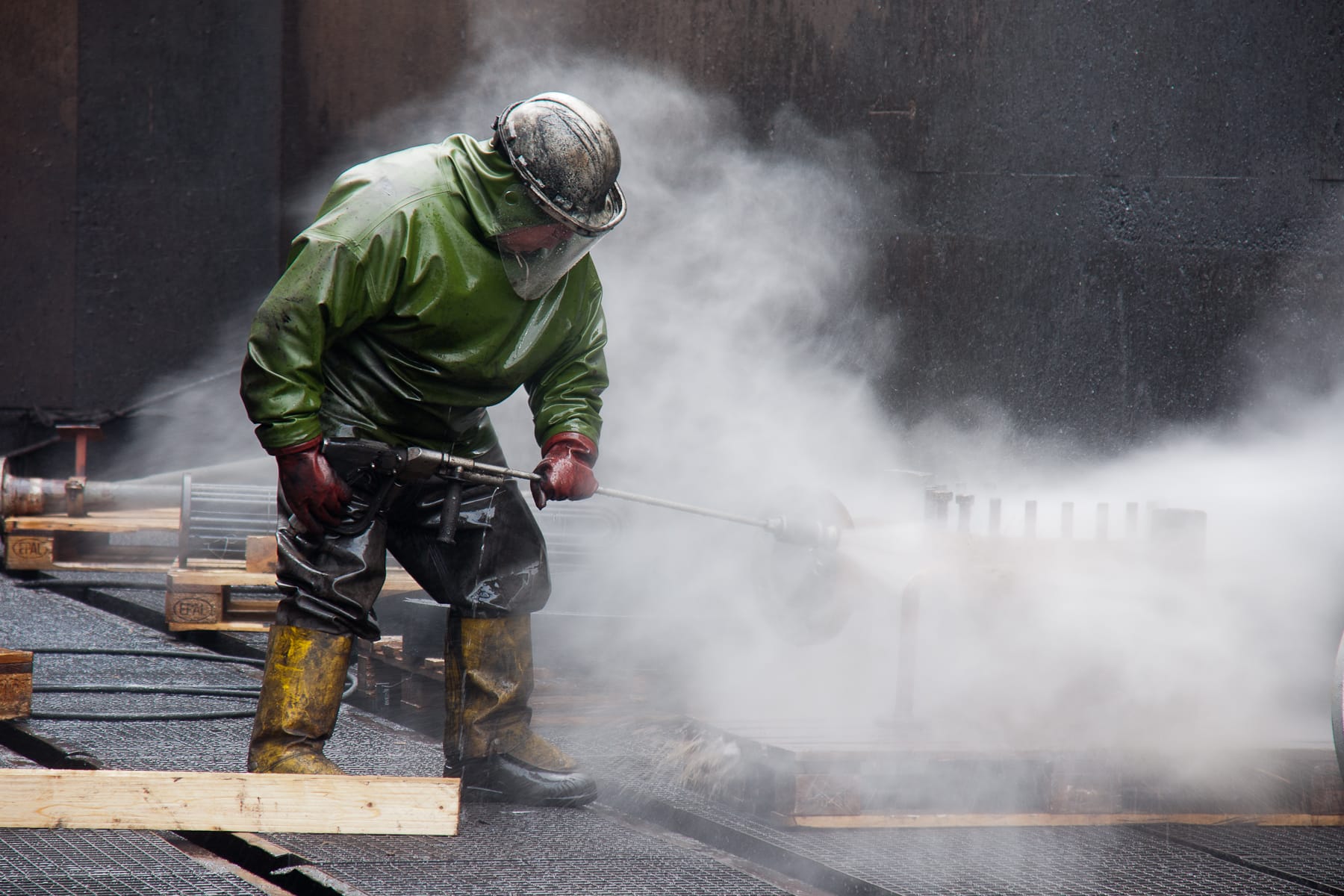
Construction sites are inherently hazardous environments, requiring workers to be properly equipped to mitigate risks. Personal Protective Equipment (PPE) is vital in ensuring the safety of construction workers by providing protection against a wide range of hazards.
Construction workers require PPE such as helmets, gloves, safety footwear, high-visibility clothing, and respiratory protection to shield against site-specific risks. OSHA mandates that PPE must align with the hazards identified in a job-specific risk assessment, ensuring worker safety and compliance with legal standards.
To fully understand the role of PPE in construction, we’ll explore regulatory requirements, variations for specific tasks, how PPE prevents common injuries, and emerging technologies improving worker safety.
What are the OSHA requirements for PPE on construction sites?
OSHA provides strict guidelines to ensure construction workers are equipped with appropriate PPE based on identified workplace hazards.
OSHA mandates PPE for construction workers under 29 CFR 1926 Subpart E1, requiring employers to assess site hazards and provide suitable protective gear like helmets, gloves, and footwear2.
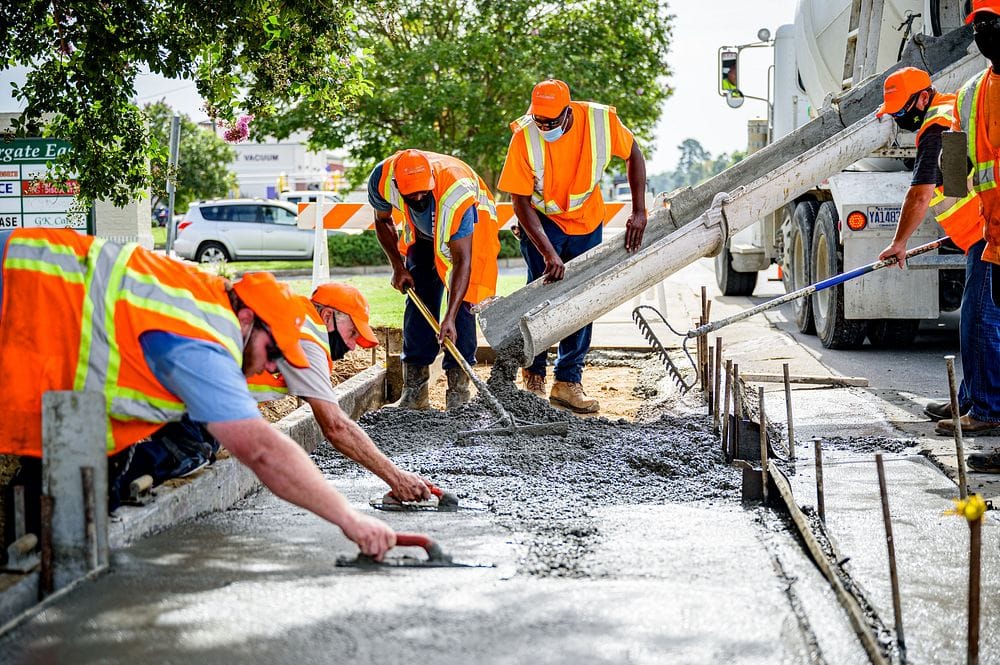
The Occupational Safety and Health Administration (OSHA) outlines the following requirements for construction PPE:
- Hazard Assessment: Employers must evaluate specific site hazards to determine necessary PPE.
- Head Protection: Hard hats must meet ANSI Z89.1 standards to protect against falling objects or electrical hazards.
- Eye and Face Protection: Safety goggles or face shields are required for tasks involving flying debris, chemicals, or sparks.
- Respiratory Protection: OSHA mandates respirators for environments with harmful dust, fumes, or insufficient ventilation.
- Hand and Foot Protection: Gloves and steel-toe boots must meet ANSI/ISEA standards to prevent injuries from cuts, punctures, or heavy objects.
Employers are also responsible for providing PPE training, ensuring workers understand how to use, maintain, and store their gear properly.
How does PPE differ for various construction tasks, such as welding or roofing?
Different construction tasks involve unique hazards, requiring tailored PPE to provide optimal protection.
Roofing requires fall protection harnesses3 and slip-resistant footwear, while welding demands flame-resistant clothing, face shields, and respiratory protection4.
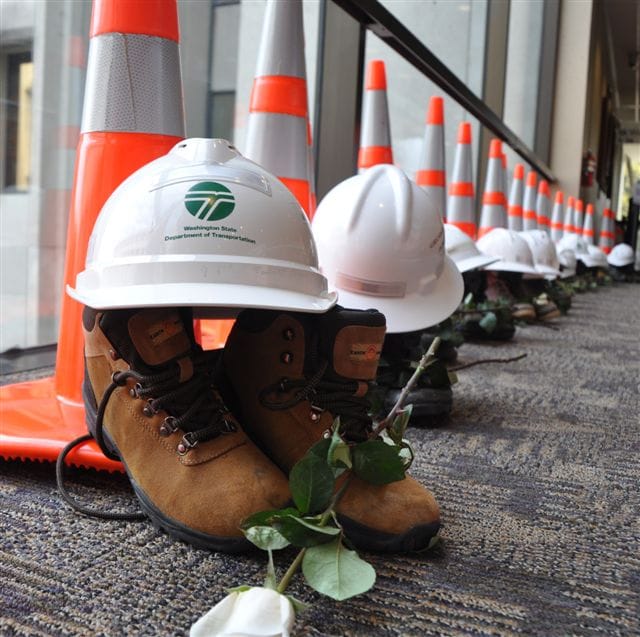
Construction tasks vary widely in their PPE requirements:
-
Welding:
- PPE: Welding helmets with auto-darkening filters, flame-resistant jackets, gloves, and respirators.
- Purpose: Protects against UV radiation, sparks, and inhalation of toxic fumes.
-
Roofing:
- PPE: Fall arrest systems, steel-toe boots with slip-resistant soles, and high-visibility vests.
- Purpose: Prevents falls from heights and ensures visibility in busy environments.
-
Demolition:
- PPE: Respiratory masks, heavy-duty gloves, hard hats, and hearing protection.
- Purpose: Shields workers from airborne asbestos, debris, and noise pollution.
By tailoring PPE to the specific risks of each task, construction sites can significantly reduce the likelihood of accidents and injuries.
What are the most common injuries on construction sites and how does PPE prevent them?
Construction sites are prone to various injuries, many of which can be effectively mitigated with appropriate PPE.
PPE such as helmets, gloves, and safety boots helps prevent injuries like head trauma, lacerations, and foot crush injuries, which are common on construction sites.
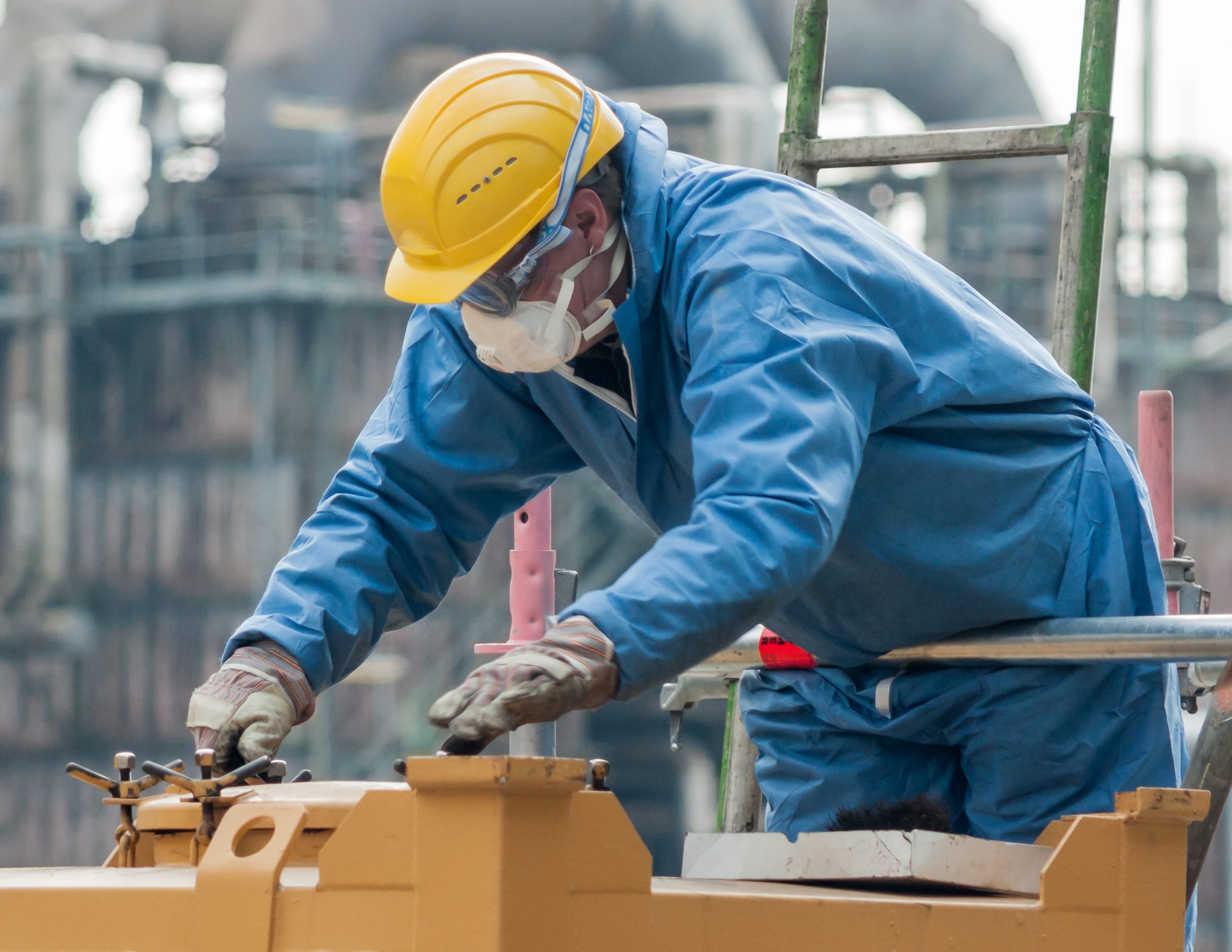
The most common construction site injuries include:
| Injury Type | Causes | PPE Solution |
|---|---|---|
| Head Injuries | Falling objects, collisions | Hard hats meeting ANSI Z89.1 standards |
| Hand Injuries | Cuts, abrasions, chemical burns | Cut-resistant and chemical-resistant gloves |
| Eye Injuries | Flying debris, chemical splashes | Safety goggles or face shields |
| Foot Injuries | Falling heavy objects, punctures | Steel-toe boots with puncture-resistant soles |
| Respiratory Issues | Dust, fumes, asbestos exposure | Respirators certified under NIOSH standards |
| Falls | Working at heights | Full-body harnesses and fall arrest systems |
PPE is the first line of defense against these risks, ensuring workers remain safe and productive.
What technologies are being integrated into PPE for construction safety?
Innovative technologies are revolutionizing PPE, enhancing both safety and functionality for construction workers.
Smart PPE like sensor-equipped helmets, connected gloves, and wearable exoskeletons are improving hazard detection, ergonomics, and worker protection on construction sites.
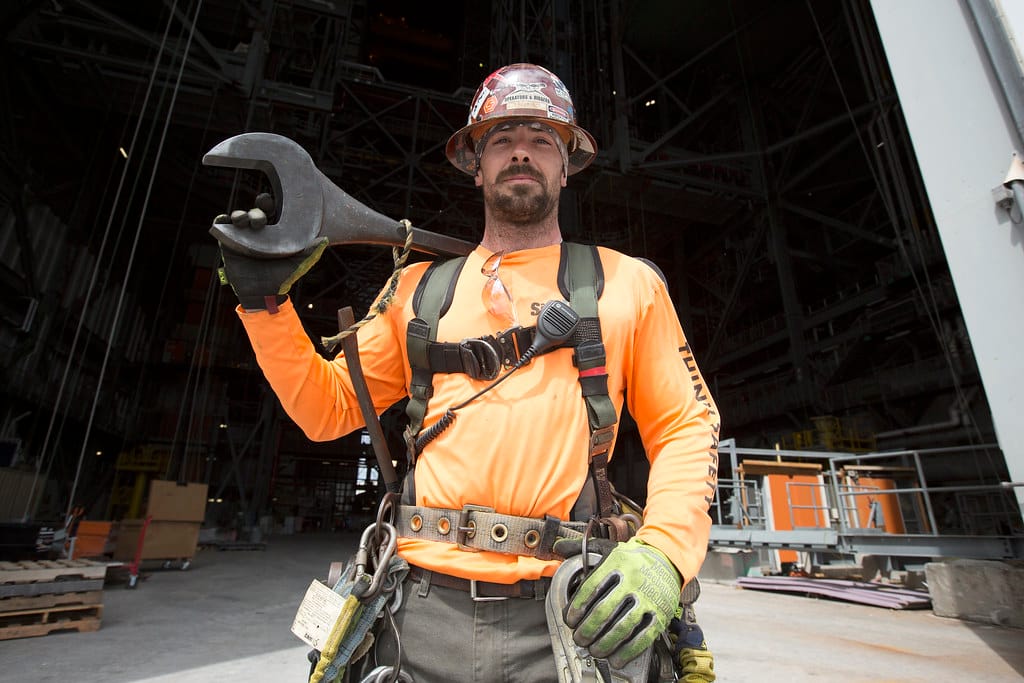
Technological advancements in PPE are transforming construction site safety:
- Smart Helmets: Equipped with sensors to monitor temperature, heart rate, and potential impacts5, alerting workers to unsafe conditions.
- Connected Gloves: Integrated with RFID chips to track hand movements6 and prevent access to restricted areas.
- Wearable Exoskeletons: Provide support for heavy lifting, reducing strain and injury risks.
- Augmented Reality (AR) Glasses: Offer real-time safety information and navigation assistance on complex sites.
- Bluetooth-Enabled Hearing Protection: Combines noise reduction with communication features for safer collaboration.
These innovations not only improve safety but also boost efficiency and worker comfort.
Conclusion
PPE is essential for construction workers, protecting them from a variety of workplace hazards. OSHA guidelines ensure workers are equipped with the right gear, tailored to their specific tasks. By integrating advanced technologies into PPE, the industry is taking significant strides in creating safer, more efficient construction environments.
-
Adding this link helps you understand the detailed regulations OSHA enforces for PPE on construction sites. ↩
-
This link ensures you can find appropriate protective gear options that comply with OSHA standards. ↩
-
This link helps you identify reliable and OSHA-compliant fall protection harnesses for safe roofing tasks. ↩
-
This link ensures you can find proper welding safety gear that meets industry standards for protection. ↩
-
This link helps you understand how smart helmets enhance safety by monitoring conditions and alerting workers to potential hazards. ↩
-
This link allows you to explore how RFID technology in gloves can help track movements and restrict unauthorized access on site. ↩
Zion Zhang
Recent Posts
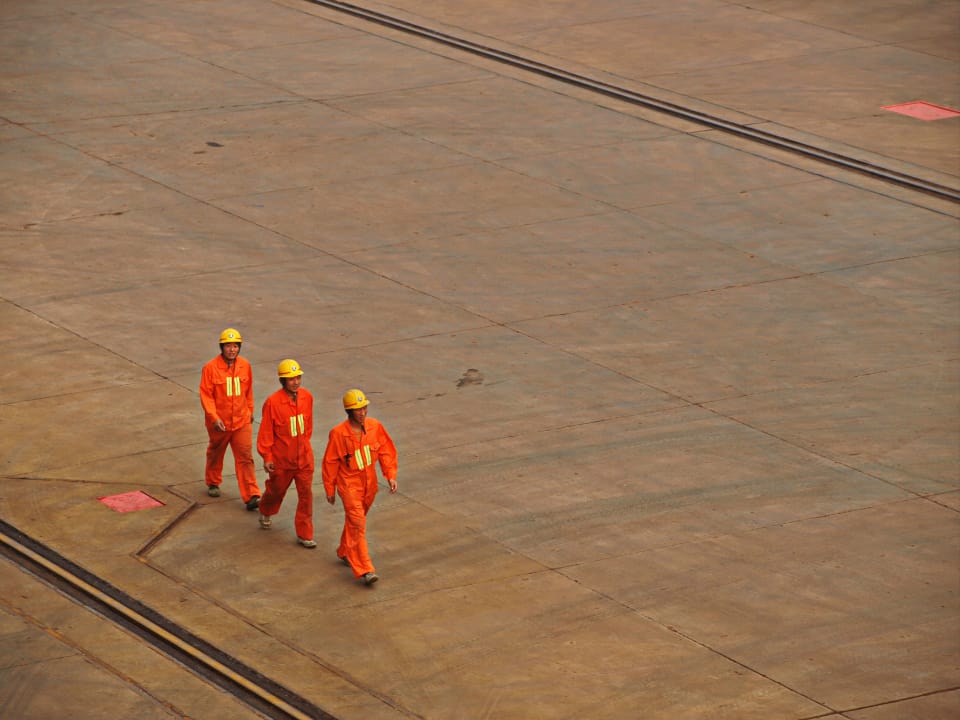 Building a Hi-Vis Uniform Program: Compliance, Branding, and Worker Buy-In2025年7月5日You’ve got hi-vis gear. But do you have a hi-vis system? If […]
Building a Hi-Vis Uniform Program: Compliance, Branding, and Worker Buy-In2025年7月5日You’ve got hi-vis gear. But do you have a hi-vis system? If […]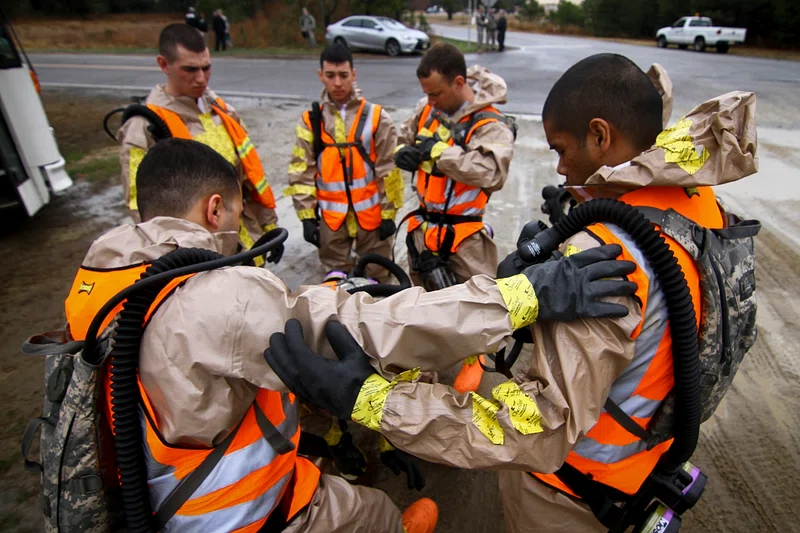 When to Replace Your Hi-Vis Garment: Fading, Damage, and Compliance Risks2025年7月5日That hi-vis vest might still look “fine”—but is it still […]
When to Replace Your Hi-Vis Garment: Fading, Damage, and Compliance Risks2025年7月5日That hi-vis vest might still look “fine”—but is it still […]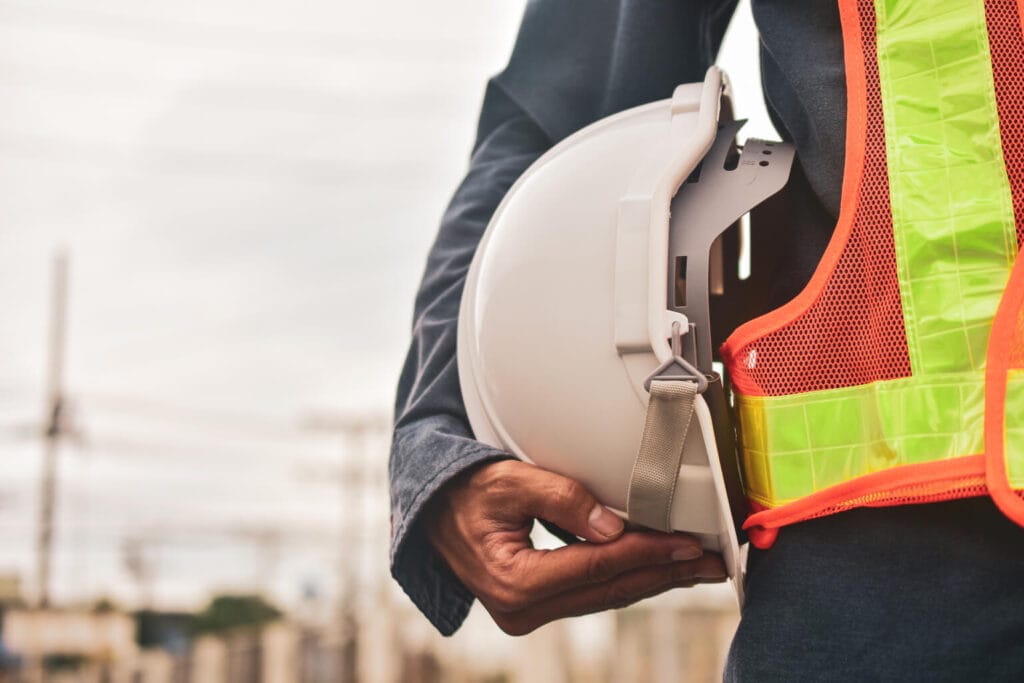 Hi-Vis Clothing for Women and Diverse Body Types: Fit, Safety, and Comfort2025年7月5日A safety vest that rides up. Sleeves too long to work. […]
Hi-Vis Clothing for Women and Diverse Body Types: Fit, Safety, and Comfort2025年7月5日A safety vest that rides up. Sleeves too long to work. […] Customizing Hi-Vis Gear: Logos, Colors, Language, and Safety Messaging2025年7月5日Hi-vis clothing isn’t just for safety—it’s also part of […]
Customizing Hi-Vis Gear: Logos, Colors, Language, and Safety Messaging2025年7月5日Hi-vis clothing isn’t just for safety—it’s also part of […] Reflective Tape Placement: The Science Behind Being Seen2025年7月5日It’s not just the color that keeps workers visible—it’s the […]
Reflective Tape Placement: The Science Behind Being Seen2025年7月5日It’s not just the color that keeps workers visible—it’s the […]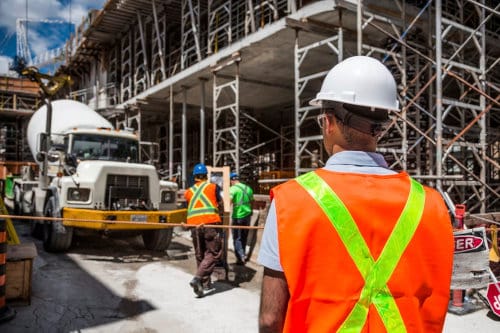 Layering Hi-Vis Workwear for All Seasons: Summer, Winter, and Rain2025年7月4日Hi-vis clothing can’t just protect you—it has to adapt to […]
Layering Hi-Vis Workwear for All Seasons: Summer, Winter, and Rain2025年7月4日Hi-vis clothing can’t just protect you—it has to adapt to […]
CONTACT US
- Feel free to contact us any time. We will get back to you as soon as we can!
- +86-17330061805
